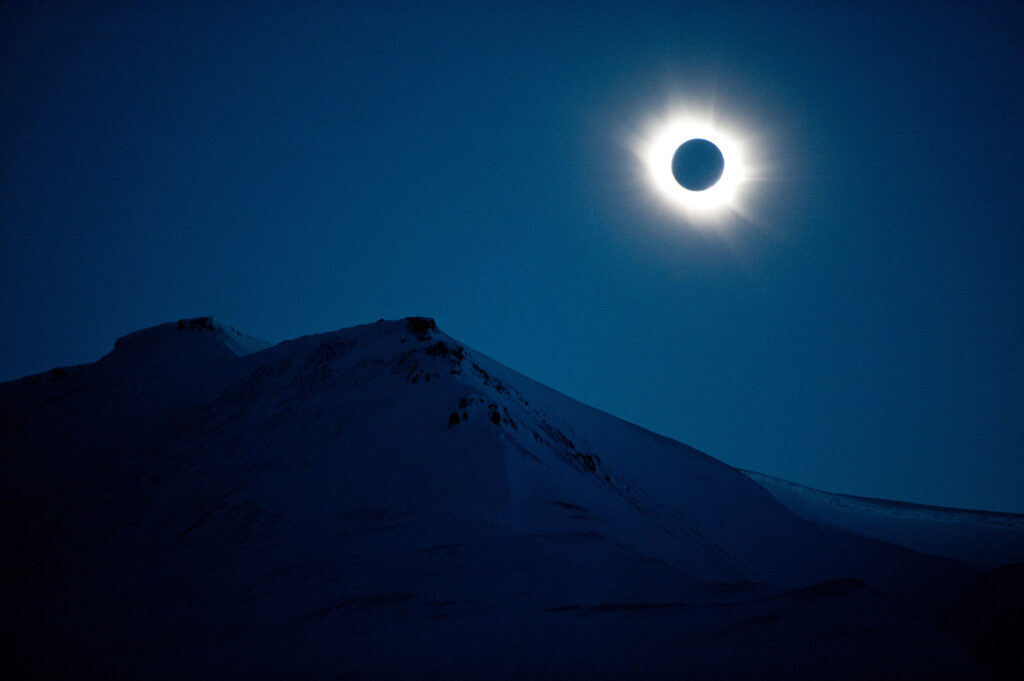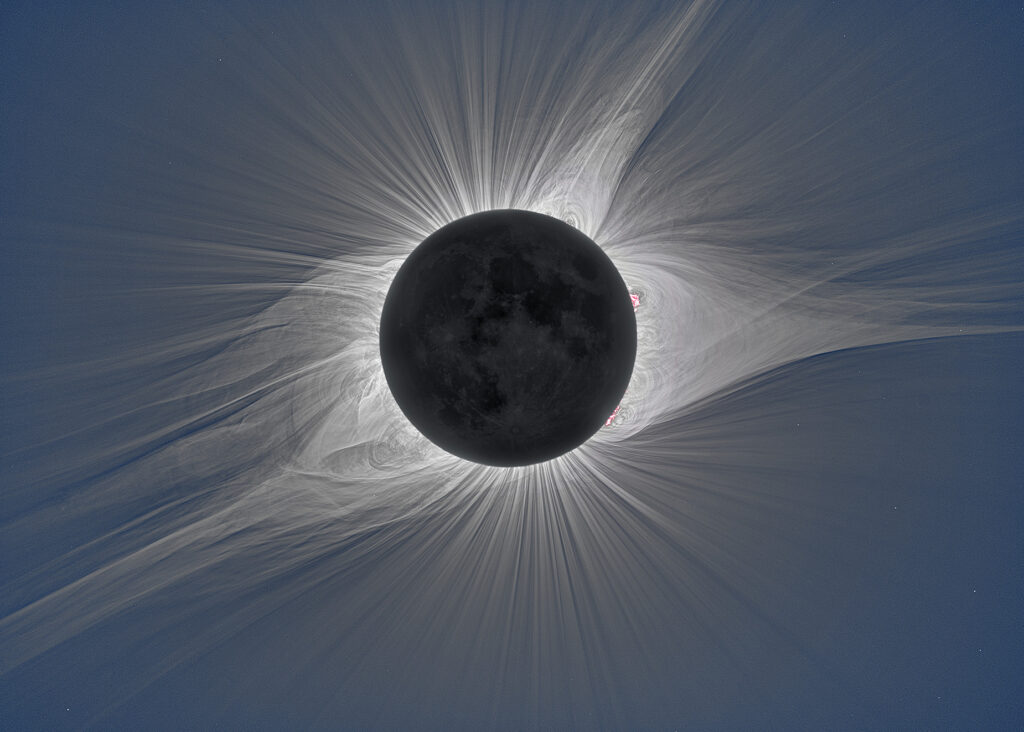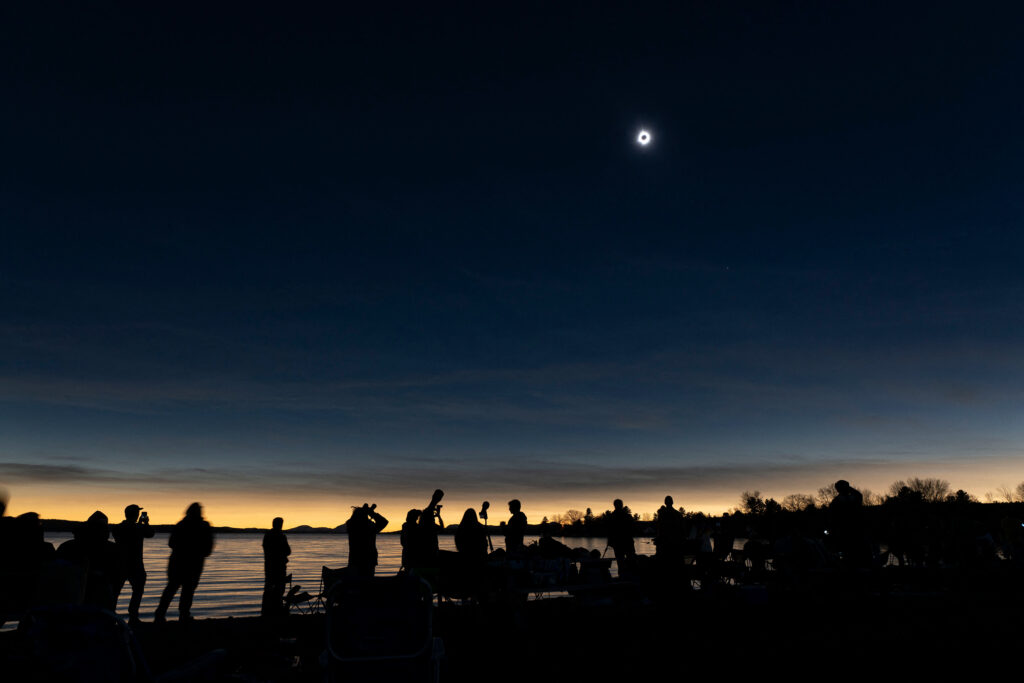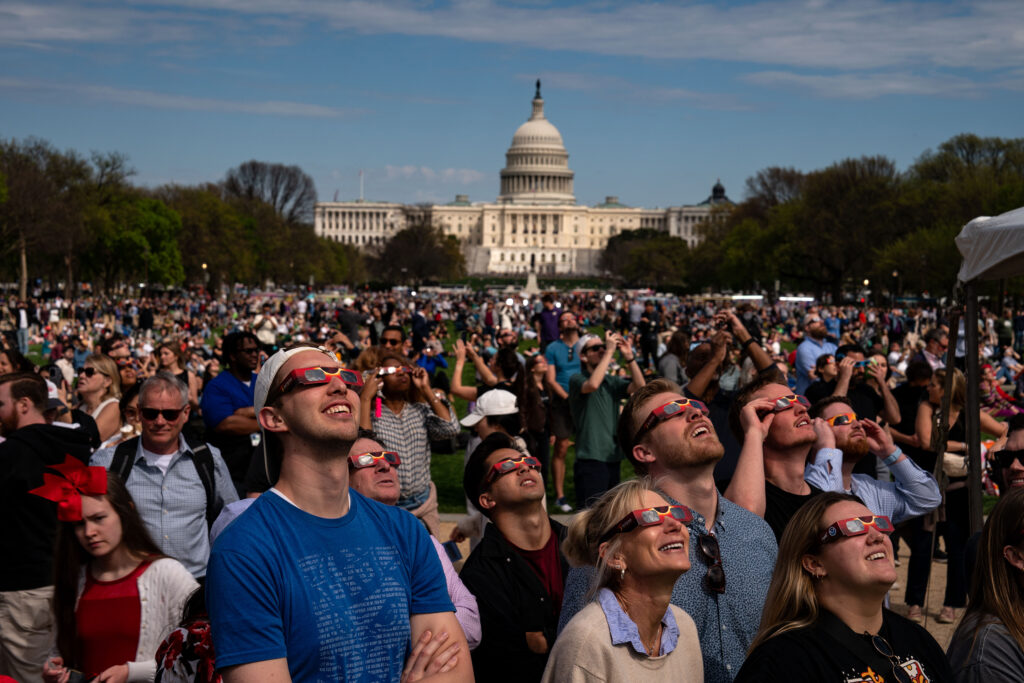
Earth is swept by a total solar eclipse in 2024, with breathtaking sights. Americans are quite pampered when it comes to eclipses. After all, we just witnessed one that the majority of the country saw, following the “Great American Eclipse” that spanned Oregon to South Carolina in 2017.
However, this is not very common. And it won’t happen again until the 2040s.
Dr. John Mulchaey, Carnegie Institution for Science’s deputy for science, director, and Crawford H. Greenewalt Chair of the Carnegie Observatories, stated that an eclipse occurs in the same location every 375 years on average.
And we’re living at the proper time to fully appreciate the sight of a total eclipse on Earth, he added.
While eclipses occur throughout the solar system, none are exactly the same as those we experience.
The moon is 400 times smaller than the sun, but it is also 400 times closer to Earth, creating a “beautiful coincidence” that leads in eclipses when the three celestial bodies align, according to Mulchaey.
This alignment is known as syzygy, which occurs when three things line up in space.
The moon was much closer to Earth in the distant past, thus totality may not have appeared as it does now. Mulchaey added that within the next 60 million years, the moon would be so far away that it will never hide the sun, making this a unique moment in time.
Eclipses have inspired numerous stories and folklore throughout history.

Eclipses have always inspired fear and amazement as ancient cultures attempted to understand the celestial phenomena.
“I find the mythology and folklore of eclipses fascinating,” said Mark Littman, a journalism professor at the University of Tennessee in Knoxville and co-author of “Totality: The Great North American Eclipse of 2024.”
According to Littmann, ancient records of eclipses date back to 772 BC, when the Chinese marked them on animal bones, and 750 BC, when the Babylonians recorded eclipses on clay tablets using cuneiform language. Both societies “realized there was a rhythm to eclipses,” implying they might be calculated and predicted in the future.
Despite the capacity to forecast eclipses, the cause of the eclipse remained unknown, therefore tales and folklore helped to fill the knowledge gap.
“The legend surrounding eclipses frequently involves a beast attempting to consume the sun for lunch. For the Chinese, the beast was either a dragon or a dog. “For Scandinavians, it was a wolf,” Littmann explained.
Those in northern South America believed the sun and moon were fighting, attempting to turn out each other’s lights, he said.
Transylvanian mythology held that the sun looked down on Earth, saw human corruption, and turned away in disgust.
And the Fon people of Western Africa believed that the male sun ruled the day and the female moon ruled the night.
“They love each other, but they are so busy traversing the sky and providing light that they seldom get together,” Littmann told me. “Yet when they do, they modestly turn off the light.”
Eclipses present NASA scientists with unique opportunity to learn more about the future of the sun.

NASA scientists used Monday’s eclipse to collect data and conduct various studies on the Earth, moon, and sun, according to the agency’s deputy administrator. One area of particular interest is the sun’s corona, or outer atmosphere.
“This is a very elusive region, and it can be viewed in a very special way during a solar eclipse,” Pam Melroy told a news conference at the end of March.
She stated that understanding the corona is “key to understanding fundamental questions about how heat and energy are transferred out into the solar wind,” which influences how solar wind and flares impact Earth.
This is a very ideal year to study the corona, she added. The sun is about to reach solar maximum — the height of activity — later this year, and scientists are hoping to capture this time through a range of observations that can only be made during eclipses. During solar maximum, the sun’s magnetic poles flip, and the sun becomes quiet again during solar minimum.
“The chance that we are going to see something amazing is very high,” said Melroy.











































































































































































































































































































































































































































































































































































































































































































































































































